Climate change is a pressing global issue that impacts ecosystems, weather patterns, and, as it turns out, entire cities. In the United States, many areas face the alarming reality of sinking due to a combination of rising sea levels, subsidence, and human activities. This phenomenon, known as land subsidence, is a direct consequence of climate change that affects both coastal and inland areas, leading to increased flooding and infrastructure damage. Let’s explore 14 locations across the U.S. that are rapidly sinking and delve into what this means for communities living in these areas.
1. New Orleans, Louisiana – The Big Easy is a Big Concern
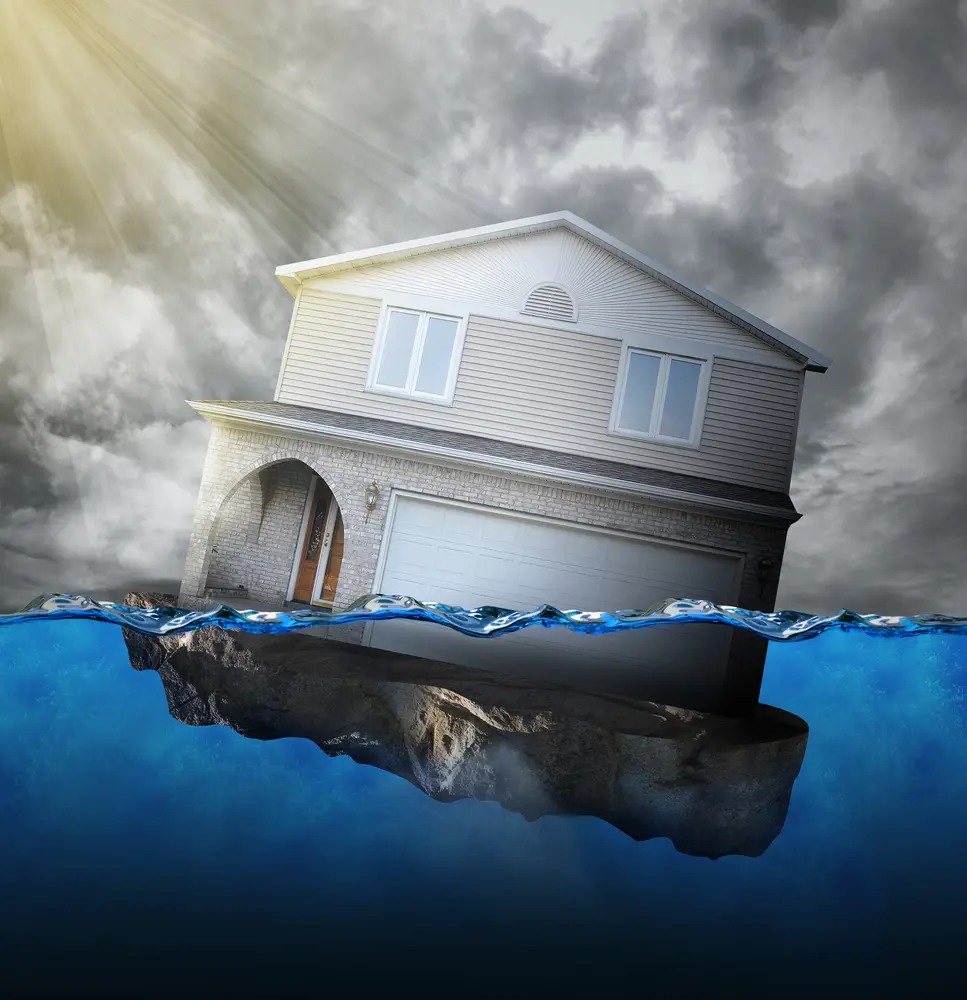
New Orleans has long been known for its vibrant culture, jazz music, and delicious cuisine, but it’s also caught in a relentless battle with nature. The city is sinking at an alarming rate, with some areas subsiding up to two inches per year. This sinking is mainly due to the natural compaction of the delta, groundwater extraction, and the weight of urban development pressing down on the soft, muddy land. To make matters worse, according to NOLA.com, rising sea levels fueled by climate change compound the problem, increasing the risk of flooding even during mild storms.
Efforts to combat the sinking include ambitious projects to restore wetlands and improve levee systems. However, these solutions are costly and require significant time and resources to implement. The residents of New Orleans are resilient, but they are increasingly faced with the challenge of deciding whether to adapt or relocate. With each passing year, the threat grows more severe, raising questions about the city’s long-term viability and the cost of maintaining its defenses against the encroaching waters.
2. Houston, Texas – Sinking Under Pressure
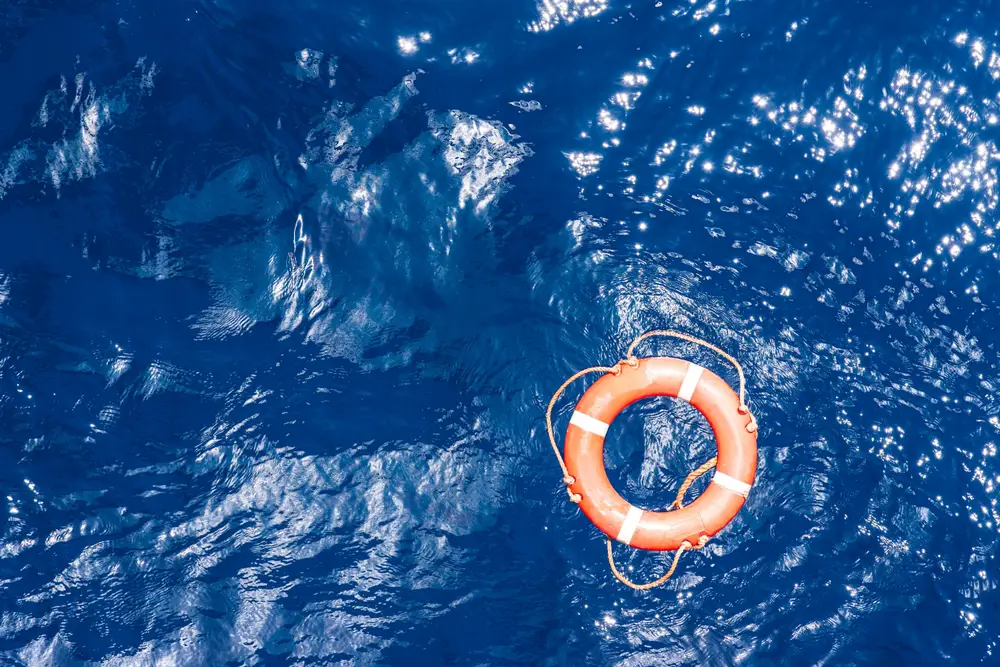
Houston, one of the fastest-growing cities in the U.S., is experiencing subsidence at an alarming rate, largely due to excessive groundwater pumping. Certain parts of the city are sinking as much as two inches per year, leading to increased vulnerability to flooding, especially during hurricanes and heavy rain events. The problem is exacerbated by the flat topography, which allows water to pool and linger, causing further strain on the city’s drainage systems. According to a report from the Houston Chronicle, future projections indicate that without action, significant portions of the city could end up underwater.
Efforts to address Houston’s sinking involve the adoption of sustainable water management practices, such as reducing groundwater extraction and investing in more robust drainage infrastructure. However, these efforts face challenges, including funding constraints and the sheer scale of urban development. Residents are becoming increasingly aware of the problem, leading to a growing demand for policy changes and increased public education on the issue. As Houston continues to expand, it will be crucial for the city to balance growth with sustainable practices to prevent further subsidence and protect its communities.
3. Miami, Florida – The Magic City’s Vanishing Act
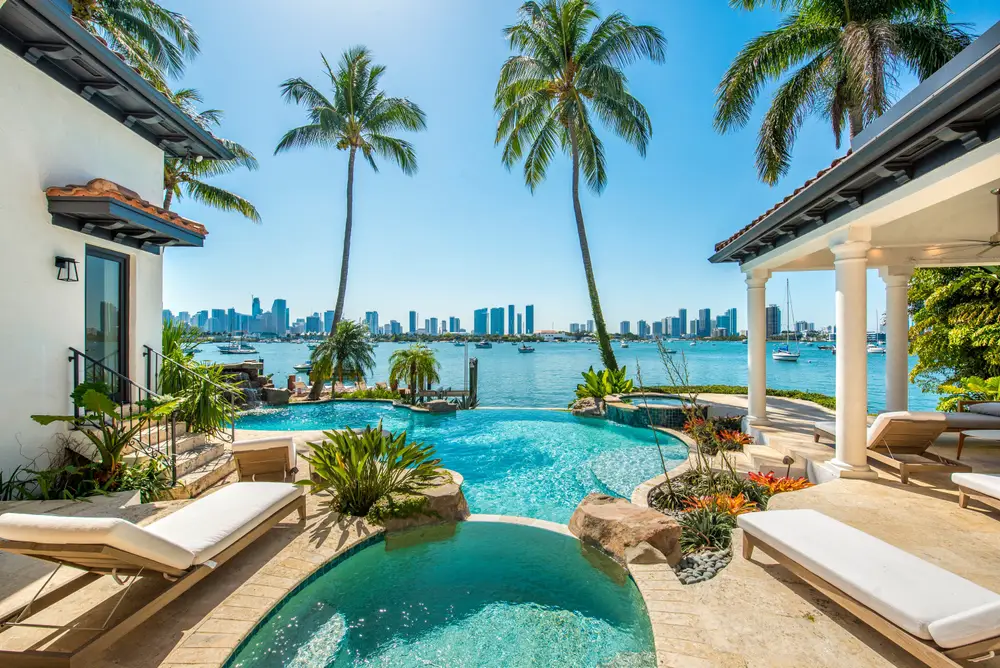
Miami is known for its glitzy beaches, lively nightlife, and vibrant culture, but it’s also gaining attention for a less glamorous reason: it’s sinking. As a coastal city built on porous limestone, Miami is particularly susceptible to both rising sea levels and land subsidence. Some areas are sinking at a rate of 1 to 3 millimeters per year, and without intervention, the situation could worsen dramatically. According to the Miami Herald, the combination of these factors poses a serious threat to the city’s infrastructure, real estate market, and overall livability.
Efforts are underway to mitigate the effects of subsidence in Miami, including the construction of sea walls, improved drainage systems, and initiatives to raise roads. While these measures provide temporary relief, experts warn that more comprehensive and innovative solutions will be necessary to secure Miami’s future. The city’s unique geology presents significant challenges, as water can easily enter through the limestone bedrock, making traditional flood prevention methods less effective. As climate change continues to impact the region, the residents of Miami are faced with the daunting task of reimagining their city to withstand the test of time.
4. Sacramento, California – Sinking in the Golden State
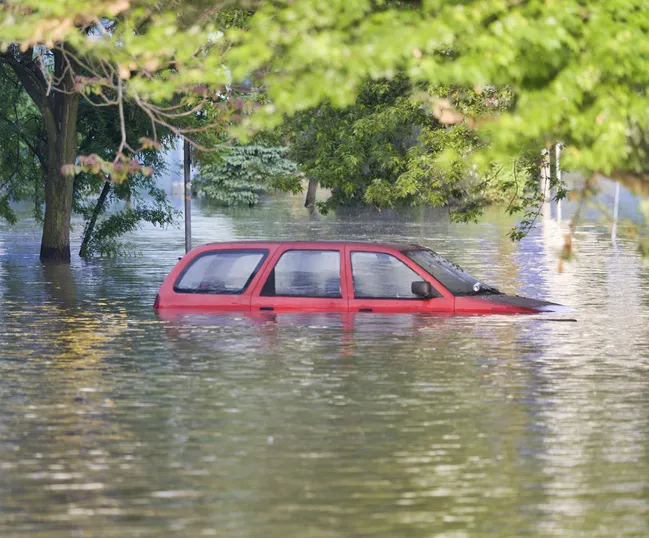
California’s capital, Sacramento, might not be the first city that comes to mind when thinking about sinking landscapes, but it’s facing subsidence problems nonetheless. Primarily due to groundwater pumping for agricultural and urban use, certain parts of Sacramento Valley are subsiding at an alarming rate. The region’s reliance on underground aquifers has led to a depletion of water reserves and the subsequent compression of the earth above. As climate change impacts water availability, this problem is predicted to get worse, posing risks to infrastructure, including roads, bridges, and levees.
Efforts in Sacramento focus on sustainable water management practices, such as recharging depleted aquifers and promoting water-saving technologies in agriculture. Policymakers are working to balance water needs with long-term sustainability to prevent further land subsidence. However, these measures require substantial investment and collaboration from local and state governments, agricultural stakeholders, and the public. The community’s resilience will play a crucial role in overcoming these challenges and ensuring a sustainable future for Sacramento’s residents.
5. Virginia Beach, Virginia – Coastal Challenges on the East Coast
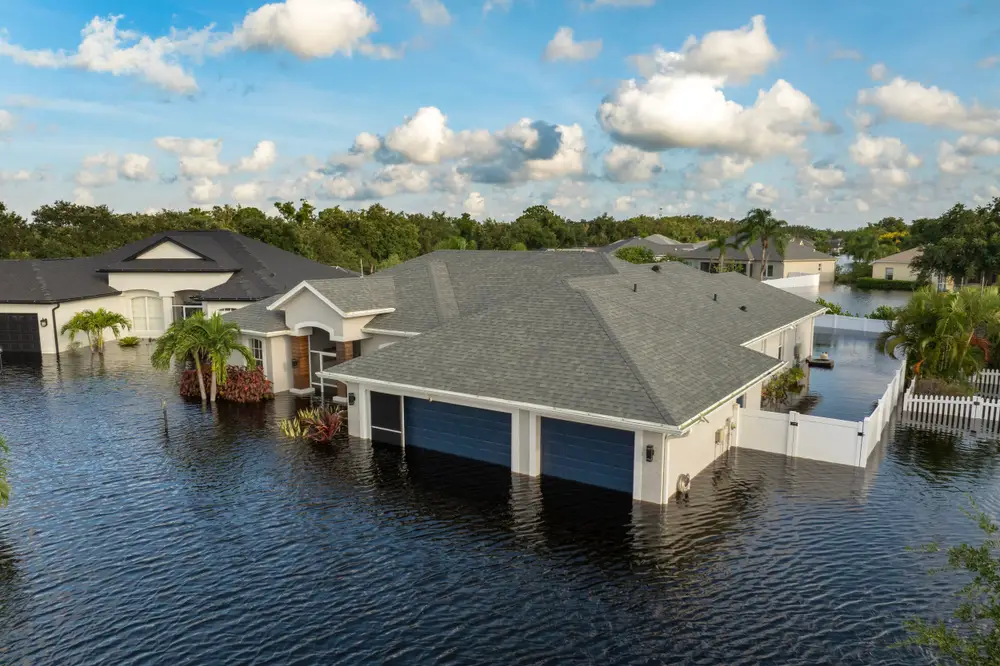
Virginia Beach is renowned for its stunning coastline and family-friendly atmosphere, but it’s also on the front lines of combating subsidence and sea-level rise. The region is sinking at a rate of 1 to 2 millimeters per year, exacerbated by natural geological processes and human activities like groundwater extraction. This subsidence, combined with rising sea levels, heightens the risk of flooding, even during minor storm events. The city is actively working to address these challenges by investing in flood defenses and coastal restoration projects.
Local authorities in Virginia Beach have been implementing adaptive strategies to mitigate the impacts of subsidence and rising waters. This includes building sea walls, enhancing drainage systems, and restoring natural wetlands that act as buffers against storm surges. Community engagement and education are also key components of the city’s plan, encouraging residents to participate in conservation efforts and support sustainable development. As the city continues to grow, balancing economic development with environmental sustainability will be crucial to ensuring the long-term safety and prosperity of Virginia Beach.
6. Charleston, South Carolina – Historic City, Modern Problems
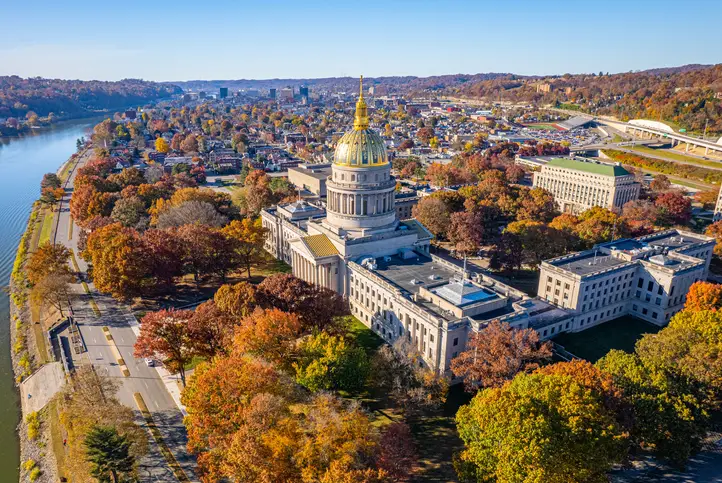
With its charming cobblestone streets and historic architecture, Charleston is grappling with the modern realities of climate change. The city is slowly sinking due to a combination of factors, including natural compaction and groundwater extraction. Sea-level rise further complicates the issue, threatening the preservation of Charleston’s rich cultural heritage. Frequent flooding, known locally as “nuisance flooding,” is already causing disruptions to daily life, damaging property, and straining infrastructure.
Efforts in Charleston focus on strengthening flood defenses and preserving the city’s unique history. Initiatives include elevating historic buildings, installing flood barriers, and enhancing stormwater management systems. Community involvement and collaboration with state and federal agencies are essential to developing effective solutions. As climate change continues to impact the region, Charleston faces the challenge of preserving its past while adapting to an uncertain future.
7. Norfolk, Virginia – Naval Base at Risk
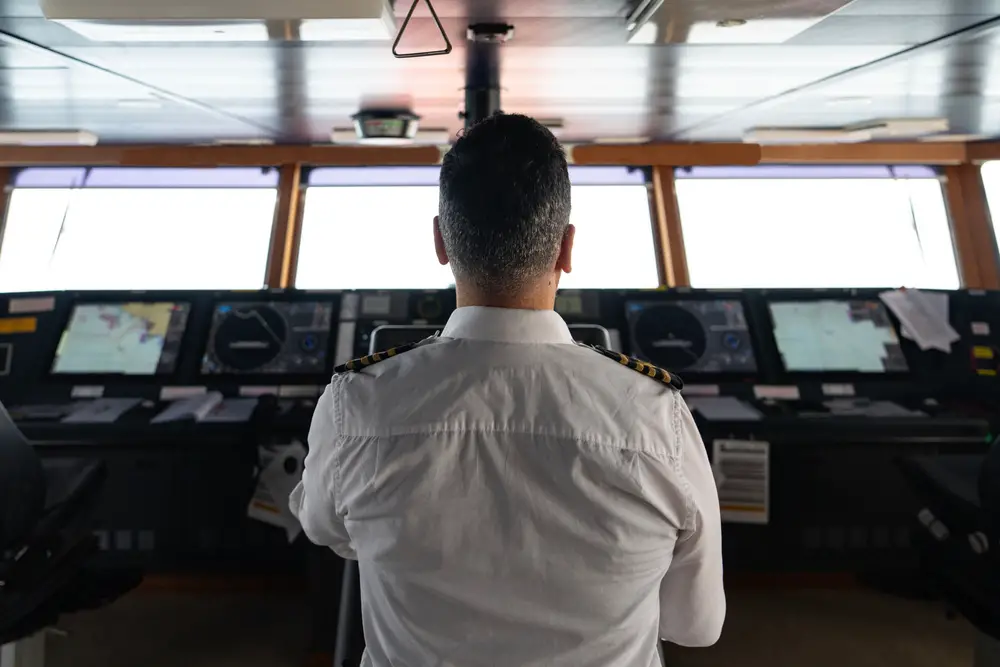
Norfolk is home to the largest naval base in the world, making it a critical location for national security, but it’s also facing threats from subsidence and sea-level rise. The land is sinking at a rate of about 1 to 2 millimeters per year, largely due to natural compaction and groundwater extraction. Rising sea levels compound the issue, increasing the frequency and severity of flooding events. The city’s vulnerability has prompted significant attention from local and federal authorities to implement adaptive measures.
Efforts in Norfolk include constructing flood barriers, improving drainage systems, and exploring innovative solutions like tidal gates. These measures aim to protect not only the naval base but also the surrounding communities and infrastructure. Collaboration between the military, local government, and residents is crucial to developing effective strategies. As the threat of climate change looms, Norfolk’s ability to adapt and innovate will determine its future resilience.
8. New York City, New York – The Big Apple’s Sinking Reality

New York City, a global hub of culture and commerce, is facing the challenges of subsidence and rising sea levels. The city’s dense population and extensive infrastructure make it particularly vulnerable to the impacts of climate change. Certain areas, such as Lower Manhattan and parts of Brooklyn, are experiencing subsidence at rates of up to 2 millimeters per year. The combined effect of sinking and sea-level rise poses significant risks to the city’s economy and safety.
Efforts in New York City focus on enhancing flood defenses and promoting sustainable urban development. Initiatives include building sea walls, elevating infrastructure, and creating green spaces that absorb stormwater. The city’s commitment to climate resilience is evident through its comprehensive climate adaptation plans. However, continued investment and innovation will be necessary to protect New York City from the ongoing threat of climate change.
9. Galveston, Texas – Island Under Threat
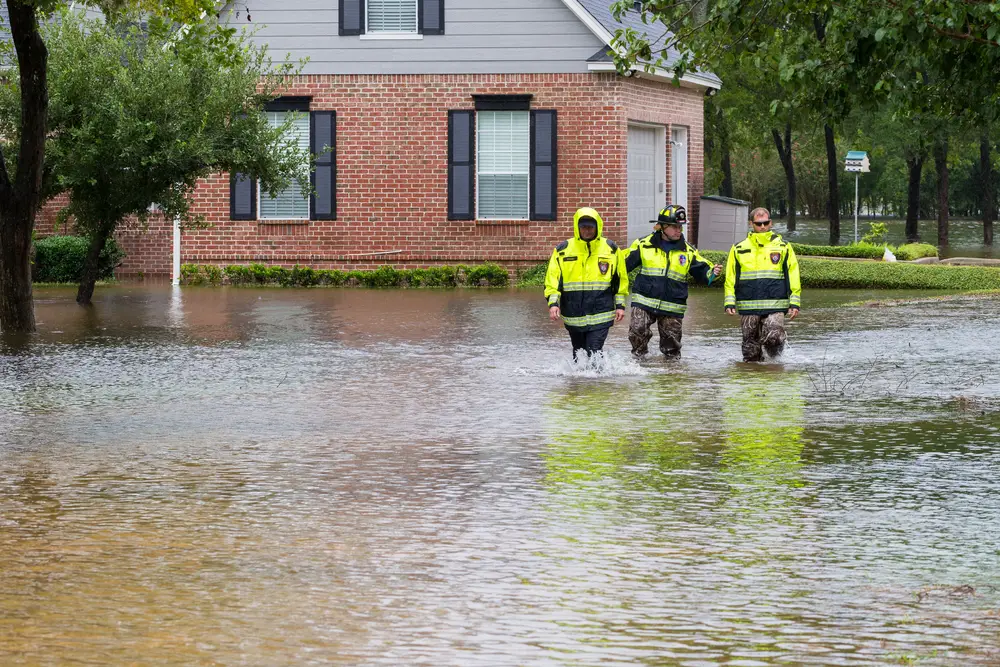
Galveston, a barrier island city on the Gulf of Mexico, is facing significant challenges from subsidence and sea-level rise. The island’s geology and history of groundwater extraction contribute to its sinking, with certain areas subsiding at alarming rates. This, coupled with rising sea levels, increases the risk of flooding and erosion. Galveston’s vulnerability is exacerbated by its exposure to hurricanes and tropical storms, which can cause devastating damage.
Efforts in Galveston focus on enhancing coastal defenses and promoting sustainable development. Initiatives include building sea walls, restoring dunes, and implementing stricter building codes to withstand storm impacts. Community engagement and education are also crucial to raising awareness and fostering resilience. As climate change continues to affect the region, Galveston faces the challenge of adapting to a changing environment while preserving its unique character.
10. San Francisco, California – The Sinking City by the Bay
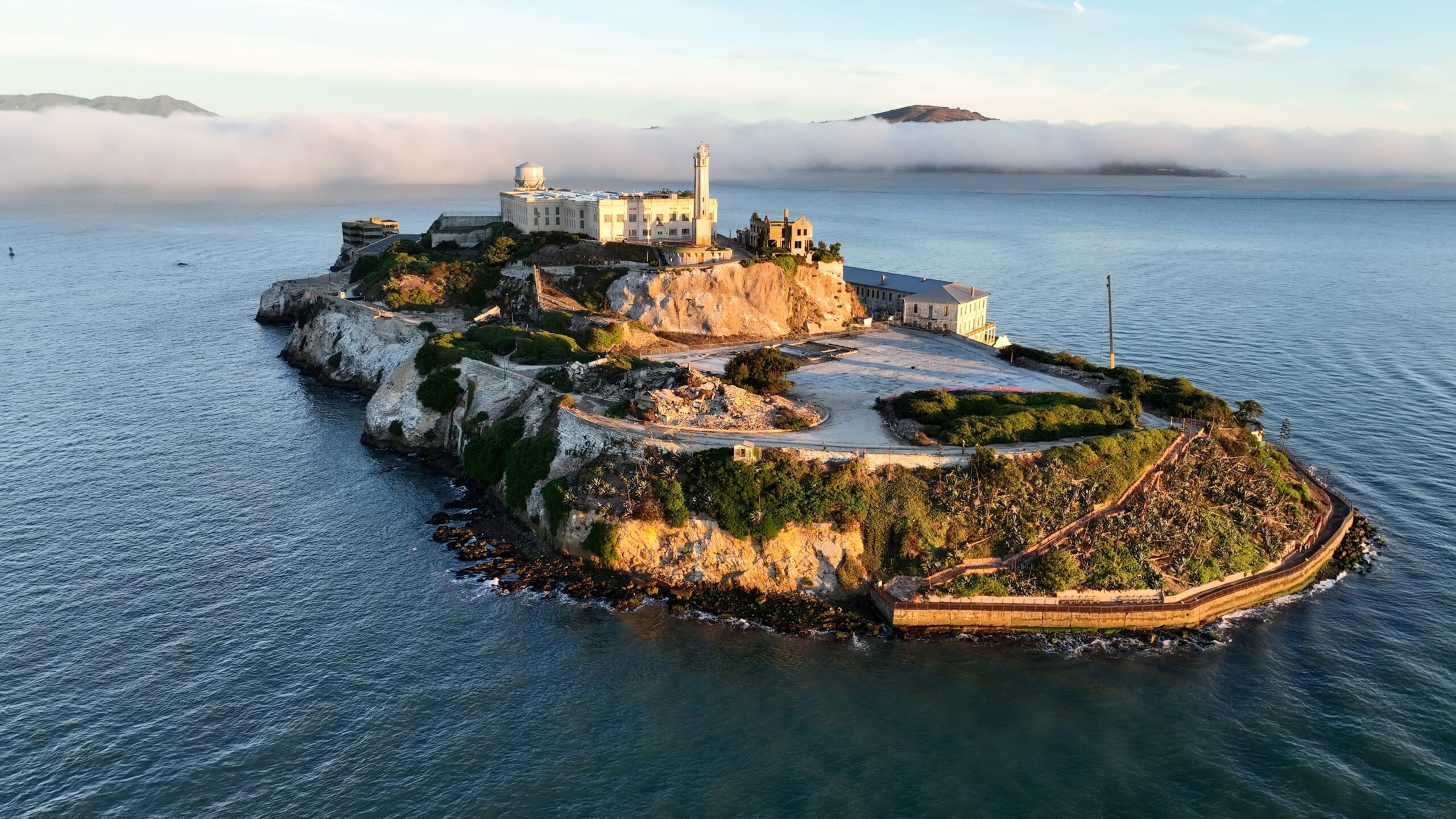
San Francisco, known for its iconic Golden Gate Bridge and hilly landscape, is experiencing subsidence due to a combination of natural and human factors. The city’s location on the San Andreas Fault adds complexity to the issue, as tectonic activity can exacerbate sinking. Certain areas, such as the Marina District, are particularly vulnerable to subsidence and sea-level rise. The combination of these factors increases the risk of flooding, infrastructure damage, and land instability.
Efforts in San Francisco focus on promoting sustainable urban development and enhancing flood defenses. Initiatives include retrofitting buildings to withstand seismic activity, improving drainage systems, and creating green spaces that absorb stormwater. Community involvement and collaboration with state and federal agencies are essential to developing effective solutions. As climate change continues to impact the region, San Francisco faces the challenge of balancing growth with environmental resilience.
11. Annapolis, Maryland – Naval Academy at Risk
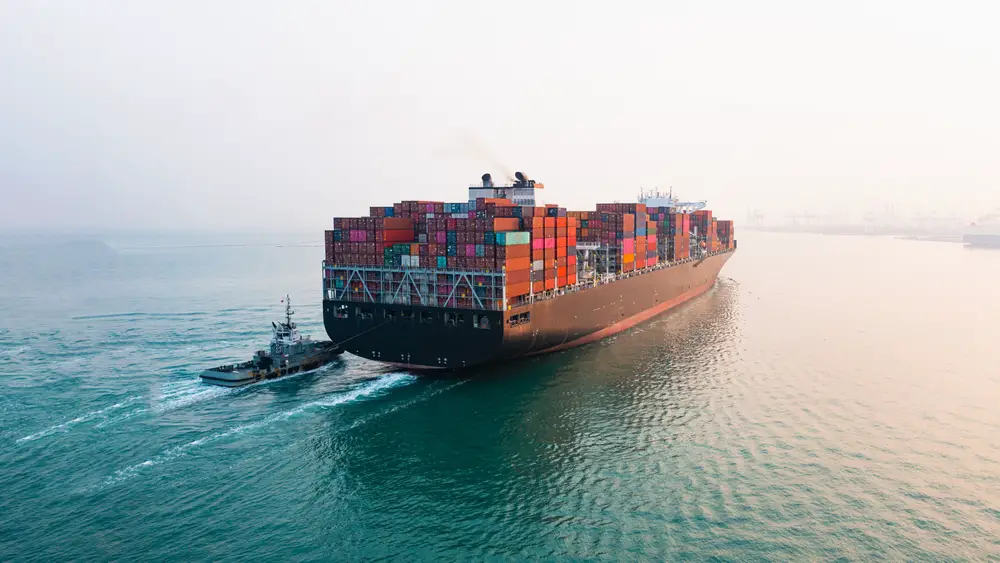
Annapolis, home to the U.S. Naval Academy, is experiencing subsidence and rising sea levels that threaten its historic charm and military significance. The city’s location on the Chesapeake Bay exposes it to the impacts of climate change, including flooding and erosion. Certain areas are sinking due to natural compaction and groundwater extraction, exacerbating the effects of sea-level rise. The combination of these factors poses risks to infrastructure, property, and the local economy.
Efforts in Annapolis focus on enhancing flood defenses and promoting sustainable development. Initiatives include elevating buildings, improving drainage systems, and restoring natural buffers like wetlands. Community engagement and education are also crucial to raising awareness and fostering resilience. As climate change continues to affect the region, Annapolis faces the challenge of adapting to a changing environment while preserving its unique character.
12. Baton Rouge, Louisiana – Sinking in the Bayou
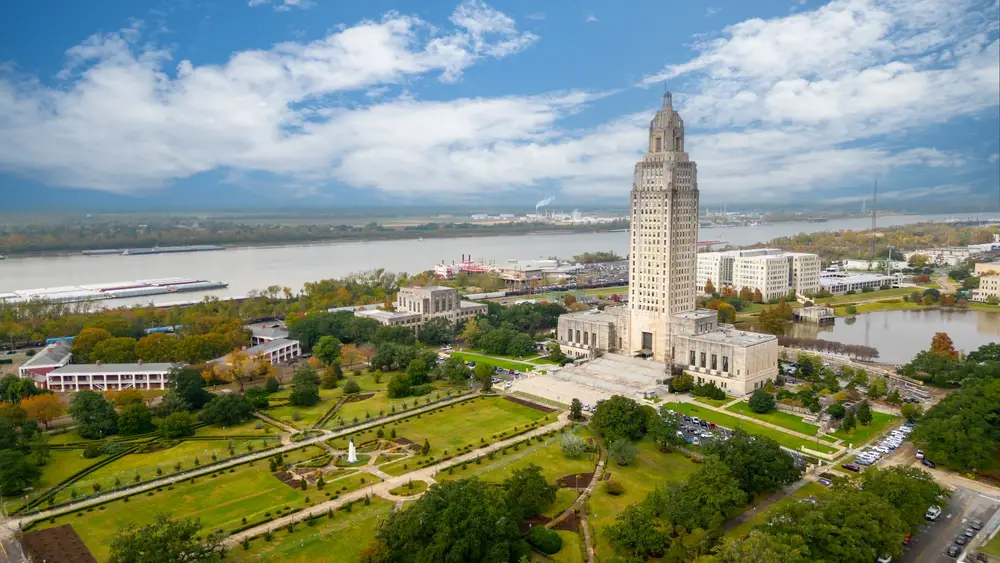
Baton Rouge, Louisiana’s capital city, is experiencing subsidence due to a combination of natural and human factors. The city’s location in the Mississippi River Delta makes it susceptible to sinking, with certain areas experiencing subsidence at alarming rates. This, coupled with sea-level rise and frequent flooding, poses risks to infrastructure and the local economy. Baton Rouge’s vulnerability is exacerbated by its reliance on groundwater for agriculture and industry.
Efforts in Baton Rouge focus on promoting sustainable water management and enhancing flood defenses. Initiatives include recharging depleted aquifers, improving drainage systems, and restoring wetlands that act as natural buffers. Community engagement and collaboration with state and federal agencies are essential to developing effective solutions. As climate change continues to impact the region, Baton Rouge faces the challenge of balancing growth with environmental resilience.
13. Savannah, Georgia – Historic Heart at Risk
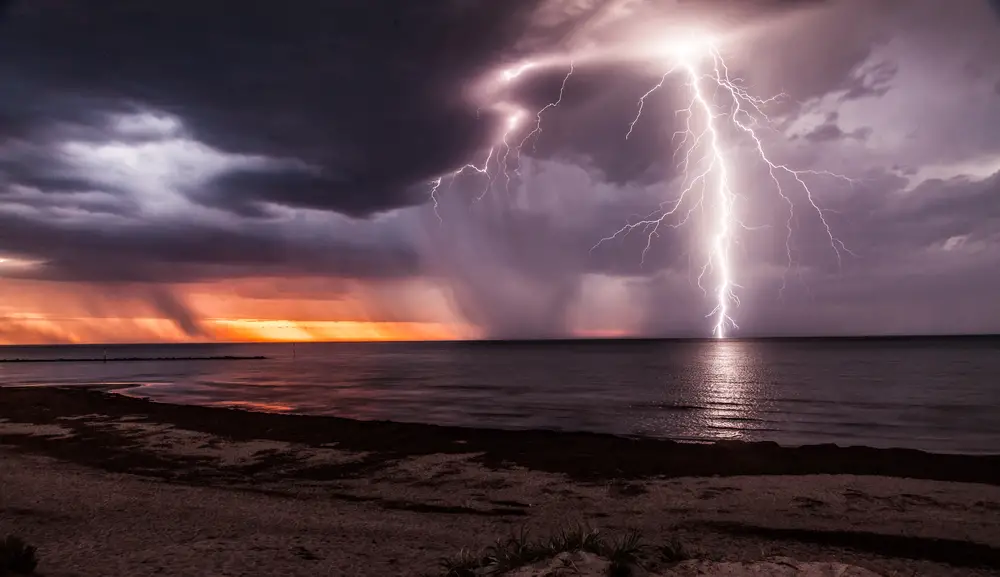
With its charming squares and historic architecture, Savannah is grappling with the realities of climate change. The city is experiencing subsidence due to natural compaction and groundwater extraction, exacerbating the effects of sea-level rise. Frequent flooding and erosion pose risks to infrastructure, property, and the preservation of Savannah’s historic charm. The combination of these factors challenges the city’s ability to maintain its unique character and heritage.
Efforts in Savannah focus on enhancing flood defenses and promoting sustainable development. Initiatives include elevating historic buildings, improving drainage systems, and restoring natural buffers like marshes and wetlands. Community involvement and education are crucial to raising awareness and fostering resilience. As climate change continues to impact the region, Savannah faces the challenge of adapting to a changing environment while preserving its unique character.
14. St. Petersburg, Florida – Sunken Treasure

St. Petersburg, known for its beautiful beaches and vibrant arts scene, is facing challenges from subsidence and sea-level rise. The city’s location on Florida’s Gulf Coast makes it particularly susceptible to the impacts of climate change, including flooding and erosion. Certain areas are sinking due to natural compaction and groundwater extraction, exacerbating the effects of rising seas. The combination of these factors poses risks to infrastructure, property, and the local economy.
Efforts in St. Petersburg focus on enhancing flood defenses and promoting sustainable development. Initiatives include building sea walls, restoring dunes, and implementing stricter building codes to withstand storm impacts. Community engagement and education are also crucial to raising awareness and fostering resilience. As climate change continues to affect the region, St. Petersburg faces the challenge of adapting to a changing environment while preserving its vibrant community.
